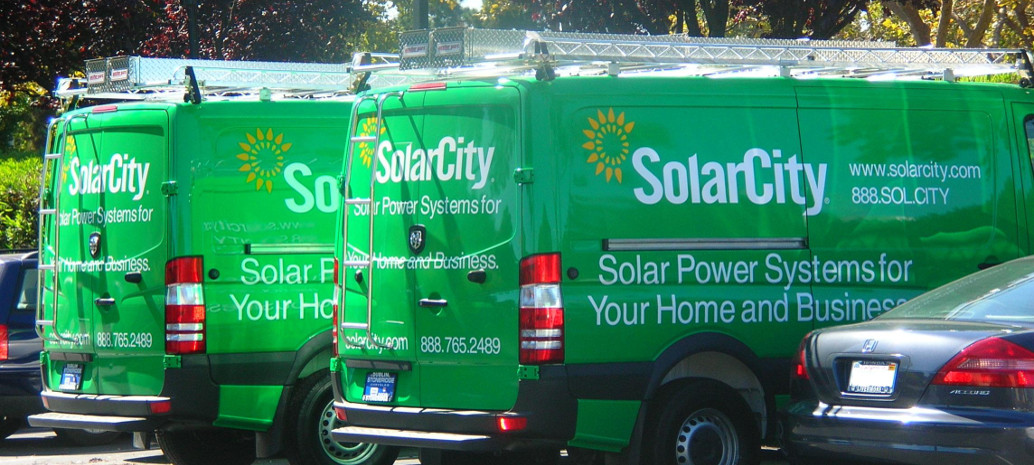Most residential installers are still seeing customer-acquisition costs continuing to rise, which puts a strain on many of their bottom lines. But new research by GTM indicates that trend is about to change.
While the plummeting prices of residential solar equipment continue, the anticipated drops in customer-acquisition costs haven’t followed, says Allison Mond, GTM Research solar analyst and report author. In fact, the opposite is true – costs have risen 30%, from $0.41/watt in 2013 to $0.52/watt in 2016 – an average increase of $800/customer based on a 7 kW system.
If residential installers can hold on for just two more years, though, those prices are expected to start a steady decline. “We expect customer-acquisition costs to decline to $0.40/watt by 2022 by means of further market maturity, proliferation of the long tail of installers and changes in lead generation strategies,” Mond writes.
For now, acquiring customers remains one of the largest portions of installation costs – and as companies like Vivint Solar and SolarCity retool their sales’ strategies to become more retail-oriented instead of the more prevalent door-to-door selling, those acquisition prices will, at least in the short term, continue to grow.
This content is protected by copyright and may not be reused. If you want to cooperate with us and would like to reuse some of our content, please contact: editors@pv-magazine.com.








By submitting this form you agree to pv magazine using your data for the purposes of publishing your comment.
Your personal data will only be disclosed or otherwise transmitted to third parties for the purposes of spam filtering or if this is necessary for technical maintenance of the website. Any other transfer to third parties will not take place unless this is justified on the basis of applicable data protection regulations or if pv magazine is legally obliged to do so.
You may revoke this consent at any time with effect for the future, in which case your personal data will be deleted immediately. Otherwise, your data will be deleted if pv magazine has processed your request or the purpose of data storage is fulfilled.
Further information on data privacy can be found in our Data Protection Policy.